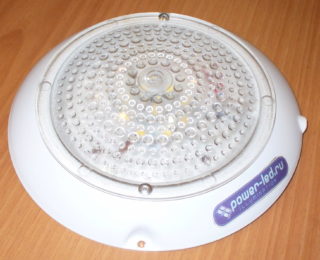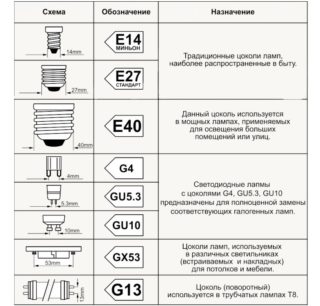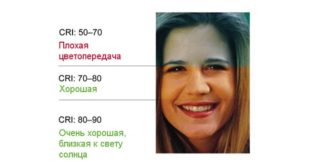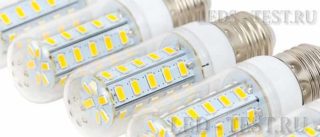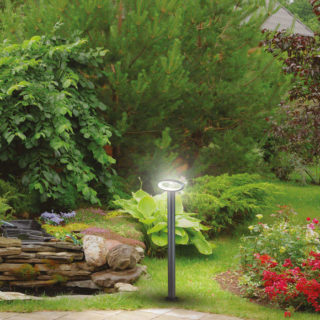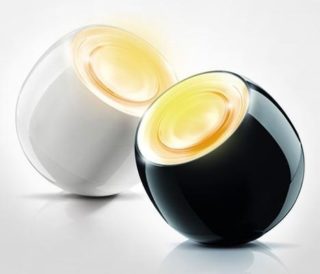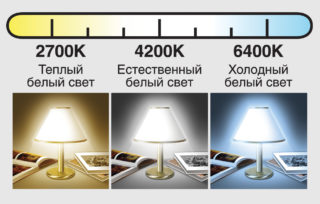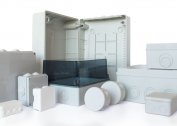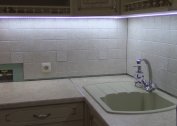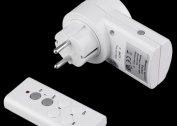LEDs are devices that are used in many fields. They work on the backlight of telephones, televisions and laptops, diodes are used in toys, various equipment. The main area of application is the creation of different types of lighting. In the backlight, various types of diodes are used, which have their own characteristics and characteristics.
LED characteristics
LEDs on the electronic components market appeared about 50 years ago. Since then, their development has not stopped, and modern models have undergone a number of changes. LEDs are now the most promising light sources with the best parameters.
Main characteristics:
- Operating time is 50-100 thousand hours.
- Power. One 15W LED lamp can replace a 100W filament source. Power shows the amount of electricity consumed in 1 hour. It consists of indicators such as diode and driver power.
- Colour temperature. LEDs for lighting have an indicator from 3000 K to 5000 K.
- Light flow. For premises, it should be 3200 lm, for the street 6000 lm and higher. The luminous flux shows the amount of energy that the source gives.
- Light return. This is the ratio of luminous flux to power consumption.
- Type of cap. Standard socles E27, E14, GU4, GU5,3 and others are available.
- Dispersion angle. Defines the area and range of lighting. The norm for modern lamps of wide application is from 210 °.
- Possibility of dimming. In some models, you can control the brightness of the light, the hue of the glow, the intensity.
- Type of flask.
- The form. They can be in the form of a circle, candles, tubes, cylinders, ribbon and other varieties.
- Dimensions and weight. There are small appliances for miniature fixtures and large ones for powerful spotlights.
- Protection against dust and moisture IP. For the street, models with an indicator of IP55 and higher are required, for the house they are chosen with a lower value (depending on the microclimate of the room).
- Efficiency. This is the ratio of light output to load. Modern high-quality LEDs have an indicator of 90-120 lm / W.
- Operating voltage and frequency. The lamp can be designed for 220 V, 12 V or 24 V. The operating frequency in Russian electric networks is 50 Hz.
Demand for LED products is increasing annually.
Advantages and disadvantages
Led lights have gained wide popularity due to their advantages. From the pros, you can distinguish:
- Long service life. LEDs last several times longer than incandescent lamps. Operating time can reach 25 years.
- LEDs during operation practically do not weaken and do not lose their brightness if a high-quality heat removal system is created.
- All components are durable, not demanding to care.
- Conservation of electricity. LEDs are energy-efficient light sources.
- Environmental friendliness. Ice lamps are environmentally friendly, do not contain harmful components, and can also be disposed of in the usual way.
- Strength, reliability, vibration resistance.
- High color rendering index of 75 Ra.
- Efficiency close to 100%.
- No flicker.
- Low current consumption.
- A wide range of operating temperatures - from -50 ° to + 60 °.
- Easy to connect.
- The ability to control the remote.
- Large selection of colors.
A significant drawback is the cost of products. One household lamp of the usual round shape and small size can cost from 300 rubles to 2000.The offices use more expensive models, costing from 5,000 rubles.
In addition to the high cost, there are still disadvantages. LEDs are very demanding on the power source. It must be correctly selected and choose the installation location. Most manufacturers install the driver directly into the chassis.
Over time, degradation of the crystal is noted, due to which the diode dims. To slow down the rate of degradation, you need to make a quality heat sink. There is also the problem of repairing the LED matrix when one of the components burns out.
Types of LED Bulbs
The type of light bulb determines how to use it. Ice light sources are classified in different ways - by type and place of installation, type of housing, purpose.
According to the type of installation, LEDs can be divided into the following categories:
- Recessed. Such devices are mounted in suspended ceilings or plasterboard.
- Overhead. They can be mounted on any flat surface.
At the installation site, there are:
- LED lamps for home ceiling. Most of these lamps are characterized by high power and high light scattering.
- Wall mounted. Miniature, used for spot or additional lighting. For convenience, a directional light is used.
- Floor standing. With the help of LEDs, you can create elegant floor lamps. Floor products can be equipped with moving parts, thanks to which you can change the direction of light.
Classification by housing type:
- Spotlights. They are used at home and in offices, as well as in highlighting advertising structures and shop windows. They can even be integrated into a suspended ceiling.
- Tapes. They are a flexible mounting plate on an adhesive basis, on which LEDs with a certain step are applied. Width - 8-10 mm, thickness about 2-3 mm. They are used for home accent and decorative lighting, as well as for advertising designs or furniture lighting.
- Cascading. Suitable for use in rooms with large ceilings.
- Panels. They are used in highlighting offices and enterprises, shopping centers and sports facilities.
By type of food:
- Wired.
- Wireless Work on rechargeable batteries and batteries.
You can also divide LED lamps by purpose:
- Industrial fixtures. Used in enterprises, they must have a high level of color reproduction and not have ripples.
- Office Bright bulbs of cold shades are used.
- Common use. They are placed in porches, elevators, stairwells. Must have anti-vandal protection and be inexpensive.
- Landscaping. Usually large bright spotlights and panels are used.
- Homework. They have characteristics like office products, but should have a warm shade. They are used in apartments and cottages.
After choosing the installation location and destination, you need to decide on the budget. Embedded models cost about 350-1600 rubles, invoices from 500 rubles, spot 300-500 rubles. The cost of the tape is 70-500 rubles per meter. Lamps may have additional functions - for example, dimming or switching on when driving. Then the cost of the product will be higher.
Popular manufacturers
In the market for LED products, Phillips and Osram are leading the way. They offer high quality products with components complying with international standards. All products are certified. Lamps from these two companies are the most reliable and can withstand intense operating loads. Led sources from Phillips and Osram are more expensive than analogues from other manufacturers.
High-quality street and home goods at an affordable price are produced by the Russian company Feron. They offer products of various configurations, including modules built into furniture.
Recently, the Russian company Era has appeared on the market. Their products have already managed to fall in love with the buyer due to the high level quality and affordable cost. The company is actively developing and improving the characteristics of the product, so in the near future it will be able to get ahead of its competitors in the battle for customers.
Selection recommendations
Before buying lamps, you need to decide in what conditions they will work and what requirements are imposed on them. For the bedroom, you should choose lamps of warm colors. You can buy products with a dimmer to put brighter lighting in the morning and soft and relaxing lighting in the evening.
Residential areas are illuminated by sources with a color temperature of 2700-3200 K. In the kitchen, bathroom and corridor, it is recommended to install lamps at 3700-4200 K. Linear LED lamps of more than 6000 K are used to illuminate the utility compartments.
Lamps should be bought in a specialized store, giving preference to trusted manufacturers. Cheap devices of unknown manufacture may flicker, have poor-quality assembly, and may not meet the declared characteristics. When buying, be sure to check the lamps for blinking. To do this, bring the smartphone camera to the connected light source. If the lamp flickers, the image will also flash on the screen. Such a product must not be taken.
At the time of purchase, you need to check the warranty card. Some brands may only be replaced in certain circumstances. This should all be spelled out in the documentation. The average warranty in the company store from the manufacturer is 1-3 years.
